Log in or sign up to connect with businesses, services, and your professional network.
Mastering Project Delivery: A Comprehensive Guide to Success
Introduction to Project Delivery
Project delivery is the backbone of any successful venture. It's not just about completing tasks; it's about ensuring that every step of the process is executed flawlessly. When you deliver a project, you're not just finishing a job; you're crafting an experience for your clients. This experience can set the tone for future interactions, build trust, and establish your reputation in the industry.
The essence of project delivery lies in understanding your client's needs and expectations. Each project is unique, and customizing your approach is key. Whether it’s a website, a marketing campaign, or a service, the way you deliver it can significantly impact how your client perceives you and your business.
The Importance of First Impressions
First impressions matter. When you present your work, it’s the initial perception that often sticks. Clients will judge not only the quality of your work but also how you present it. A polished delivery can enhance your credibility and instill confidence in your clients.
Consider this: if you were to receive a project deliverable that looked rushed or unprofessional, how would you feel? Chances are, you'd question the quality of the work itself. That's why investing time in the presentation of your deliverables is essential.
A Case Study: Sirius Aircraft
One standout example of exceptional project delivery is Sirius Aircraft. They specialize in delivering private jets, but what truly sets them apart is their focus on the delivery experience. When a client purchases a jet, Sirius Aircraft doesn’t just hand over the keys. They create an entire event around the delivery process.
Imagine walking into a hangar beautifully lit, with all the details meticulously planned to create a memorable experience. This level of attention to detail leaves a lasting impression, reinforcing the value of the purchase. It’s not just about the jet; it’s about the entire experience that comes with it.
This case illustrates how important deliverability is in any industry. By focusing on the presentation and the experience, you can elevate your client's perception and satisfaction, which can lead to repeat business and referrals.
Understanding Deliverability
Deliverability is more than just handing over a product; it encompasses every aspect of the client experience. It's about ensuring that every component of your project meets the expected standards and is delivered on time. Clients expect clarity, professionalism, and efficiency, and it's your job to deliver just that.
To enhance deliverability, consider the following elements:
- Clarity: Make sure your deliverables are easy to understand and navigate.
- Consistency: Maintain a consistent look and feel across all materials.
- Timeliness: Deliver on or ahead of schedule to build trust.
- Feedback: Always seek feedback post-delivery to improve future projects.
Getting Started with Gfunnel
To streamline your project delivery process, using tools like Gfunnel can be incredibly beneficial. Gfunnel provides a user-friendly platform that allows you to manage your projects efficiently. Whether you're creating diagrams, setting timelines, or managing client communications, Gfunnel makes it easier.
Start by creating an account on Gfunnel. This platform will serve as your command center for project management. Once you’re set up, familiarize yourself with the features available, particularly the diagram feature, which allows you to visualize your project workflow.
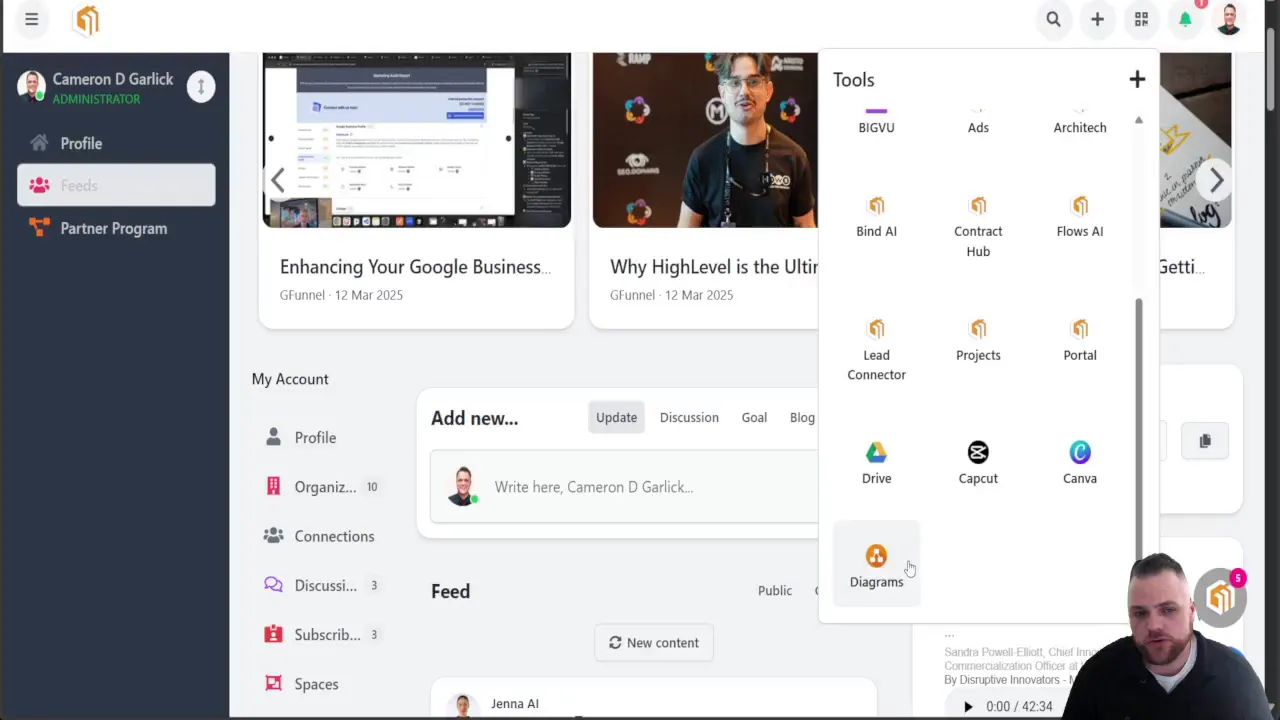
Creating a Blueprint
The first step in project delivery is creating a blueprint. This blueprint serves as a roadmap for your project, helping you visualize the steps required to reach your end goal. In Gfunnel, you can easily create diagrams that outline each phase of your project, allowing for better organization and clarity.
When creating your blueprint, consider the following:
- Define Objectives: Clearly outline what you want to achieve with this project.
- Identify Milestones: Break the project down into manageable steps or phases.
- Allocate Resources: Determine what resources you will need at each stage of the project.
Defining Deliverables
Defining deliverables is crucial for setting clear expectations. Deliverables are the tangible outcomes of your project, and they should align with your client's goals. Whether it’s a completed website, a marketing strategy, or a product, clearly defining these items will help you stay on track and ensure client satisfaction.
When defining your deliverables, be specific. Include details such as:
- Specifications: What exactly will be delivered?
- Deadlines: When will each deliverable be completed?
- Review Process: How will the client review and provide feedback on the deliverables?
The Client Portal Experience
Providing a client portal is an excellent way to enhance the project delivery experience. A client portal allows your clients to access all relevant materials in one place, making it easier for them to review progress and stay informed. It creates a streamlined communication channel and helps maintain transparency throughout the project lifecycle.
In Gfunnel, the client portal is designed to be intuitive. Clients can log in, access their projects, view deliverables, and provide feedback all in one location. This not only improves the client experience but also reduces the back-and-forth communication that often bogs down project delivery.
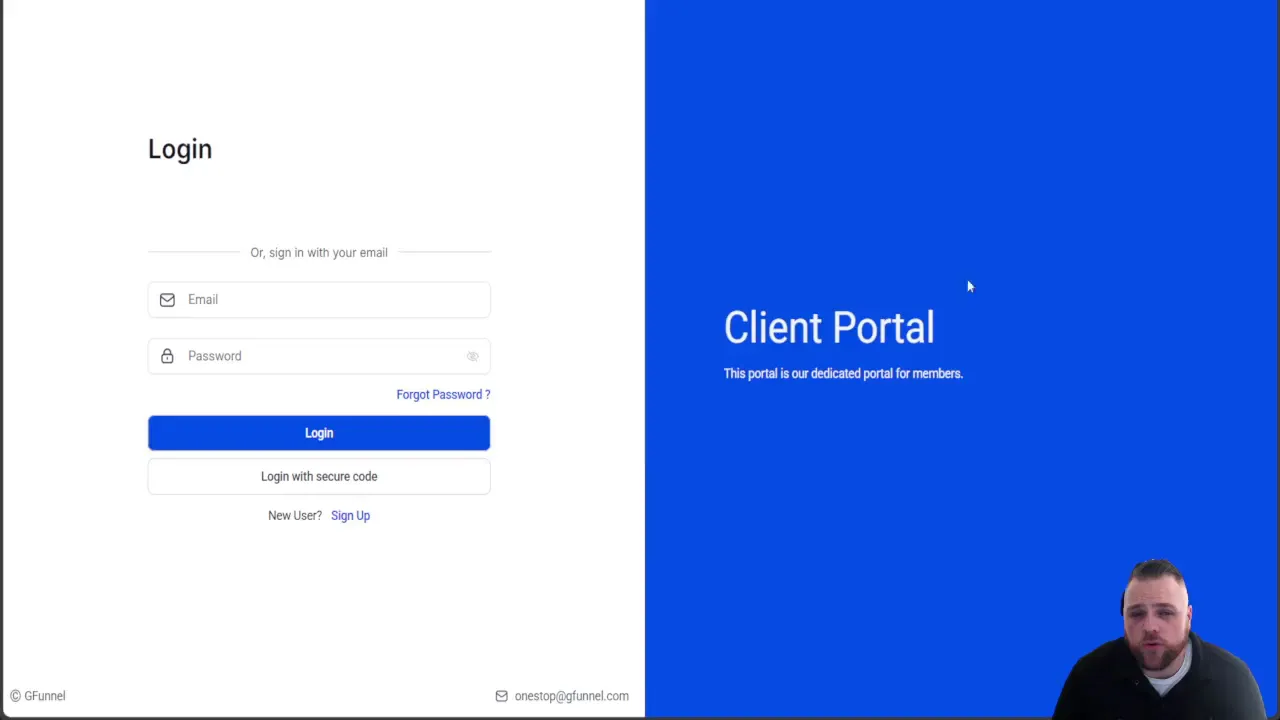
Navigating the Project Overview
When navigating the project overview, clarity is key. You want to ensure that every stakeholder understands the project's scope, objectives, and current status. The project overview should include detailed descriptions of each component, including the developer responsible, total hours spent, and the specific pages involved. This structured approach not only fosters transparency but also builds trust.
For instance, when you list out each page of the project, clients can easily click through and view details, such as the homepage, pricing page, and mobile optimization. This accessibility allows clients to engage with the project actively, providing them with a sense of ownership and involvement.
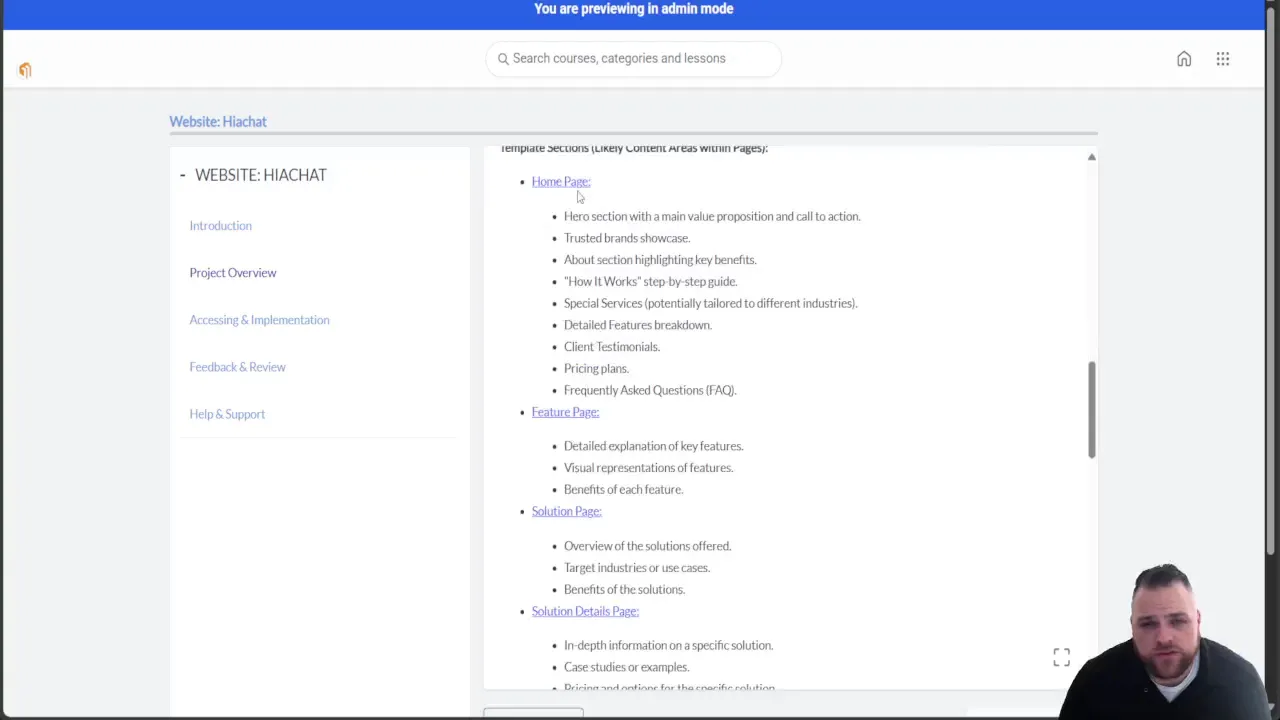
Understanding Project Components
- Developer Details: Always highlight who worked on the project. For example, Jashim Uddin, our senior web developer, played a crucial role in this project.
- Time Tracking: Keep a record of the hours spent on each phase. This helps clients understand the effort behind their project and justifies the investment.
- Page Breakdown: Provide a comprehensive list of all pages involved in the project. This transparency ensures clients know exactly what to expect.
Customization and Design
Customization is vital in making a project feel unique and tailored to the client's needs. Within Lead Connector, you can create custom templates that reflect the client’s brand identity. This not only enhances the aesthetic appeal but also aligns the project with the client's vision.
When designing, consider the following:
- Brand Consistency: Use colors, fonts, and styles that match the client's branding.
- User Experience: Ensure that the design is not only visually appealing but also user-friendly.
- Responsive Design: Make sure the project is optimized for various devices, ensuring accessibility for all users.
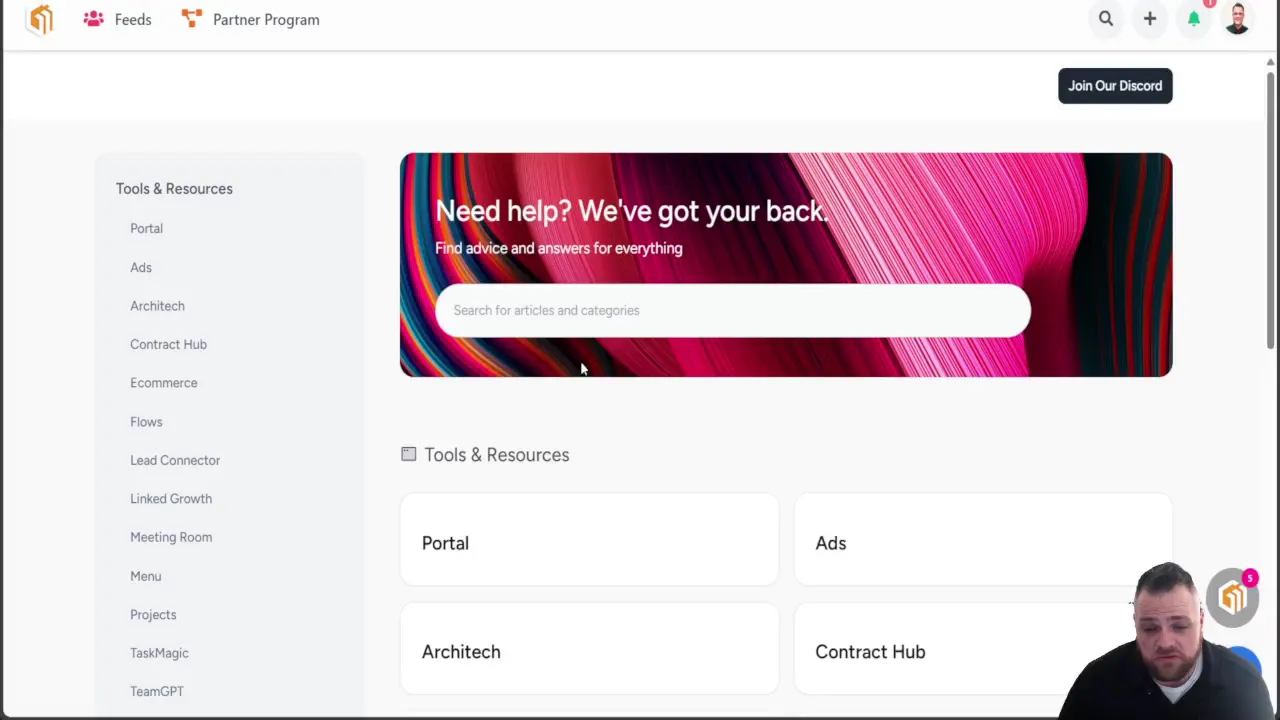
Implementation Strategies
Effective implementation is where the planning meets the action. Begin by outlining the steps necessary for clients to access their projects. This could include specific links for each component, ensuring that clients can track their project's progress easily.
As you guide clients through implementation, provide clear instructions. This can include video walkthroughs and step-by-step forms to collect feedback. A well-structured implementation plan reduces confusion and sets the stage for success.

Steps for Successful Implementation
- Access Links: Provide clients with tracking links for easy access to their project components.
- Feedback Collection: Utilize forms to gather client feedback during the implementation phase.
- Help Resources: Make sure clients know how to access help. Include links to your help center or support team.
Collecting Feedback and Testimonials
Feedback is an essential part of the project delivery process. It provides insights into client satisfaction and areas for improvement. Encourage clients to share their thoughts through structured feedback forms. This not only enhances the relationship but also informs your future projects.
Additionally, collecting testimonials can significantly boost your credibility. Happy clients are often willing to share their positive experiences, which can be leveraged in your marketing efforts. Consider implementing a reward system for clients who provide feedback—this could be a discount on future services or a small gift.

The Importance of Help and Support
Providing robust support is crucial for client satisfaction. Ensure that help is readily available at all stages of the project. This could be through direct contact with your team or a comprehensive help center filled with resources.
When clients feel supported, they are more likely to engage positively with your services. Regularly update your help center with tutorials, FAQs, and troubleshooting guides to address common queries. This proactive approach can prevent issues and enhance the overall client experience.
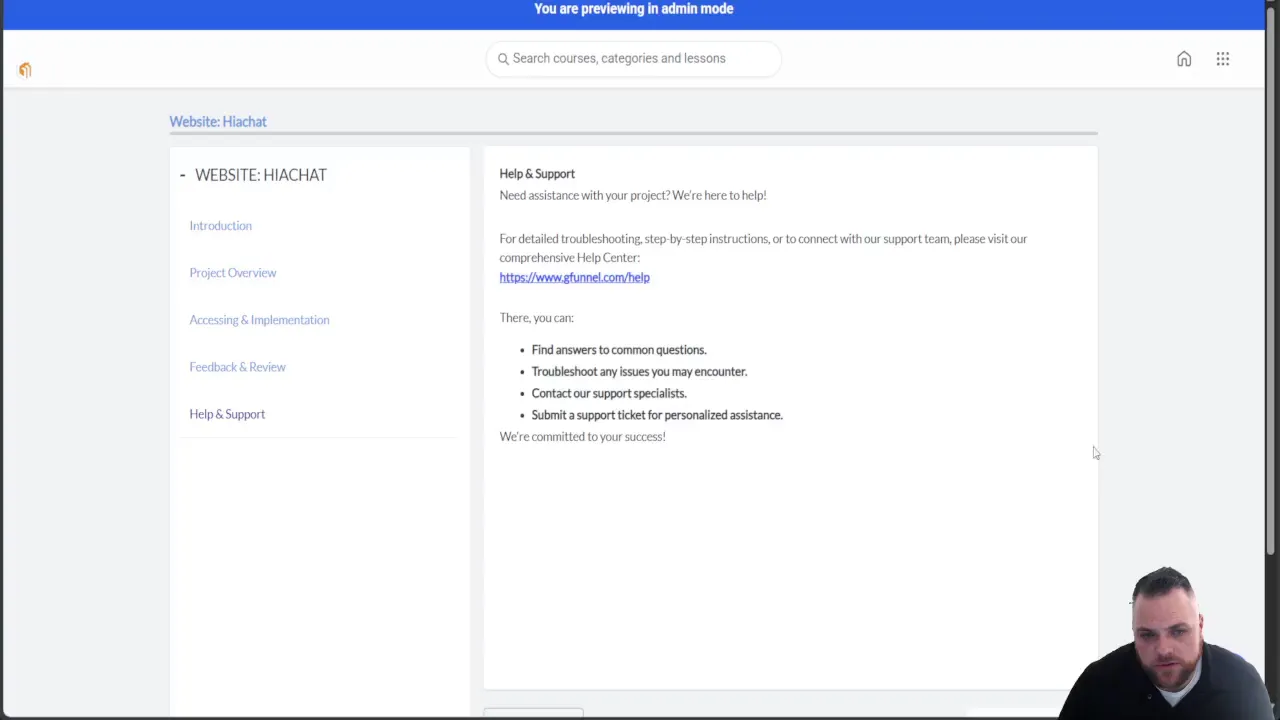
Scaling Your Project Delivery
Once your project delivery process is streamlined, focus on scalability. This means creating systems that allow you to replicate successful projects with minimal effort. For instance, by developing standard templates and processes, you can efficiently deliver projects while maintaining quality.
Consider the following strategies for scaling:
- Standardization: Create templates for common project types to save time on future projects.
- Automation: Utilize Lead Connector to automate repetitive tasks, freeing up your team to focus on more complex challenges.
- Training: Invest in training your team on best practices for project delivery to ensure consistency across the board.
Transparency in Project Management
Transparency is a cornerstone of effective project management. Clients appreciate knowing where their project stands at all times. Use project management tools that allow clients to track progress and view timelines. This level of openness fosters trust and encourages ongoing communication.
Provide clients with access to project dashboards where they can see milestones, deadlines, and updates. This not only keeps them informed but also makes them feel involved in the process.

Maximizing Profit Through Replication
Once you establish a successful project delivery model, focus on maximizing profits through replication. By creating a system that allows you to sell the same product or service multiple times, you can significantly increase your revenue without a proportional increase in costs.
For example, if a project requires an initial investment of time and resources, every subsequent sale can be viewed as pure profit. This approach allows you to scale your business efficiently and effectively. Consider offering discounted rates for returning clients or bundling services to encourage repeat business.
Building a Digital Product Business
Creating a digital product business can be a game changer. You build once, and the potential to sell is endless. Think about it: you can develop a website or a software solution, and after the initial effort, you can sell it repeatedly without needing to reinvent the wheel each time.
For instance, a custom website can be built for around seven hundred dollars, and if you sell it for exclusivity, you can charge even more. This model allows for a lucrative business where you can focus on creating value while generating revenue simultaneously.
To start, identify a niche where your product can fulfill a need. Conduct market research to understand potential customers and competitors. With Gfunnel, you can easily manage your projects and track progress, making the process smoother and more efficient.
Leveraging Master Resale Rights
Master resale rights are a fantastic way to expand your business model. When you grant someone the right to resell your product, it opens the door for both of you to profit. This arrangement allows you to earn money without additional effort after the initial setup.
Imagine selling a product with master resale rights for a thousand dollars. Depending on your agreement, you could earn between eighty percent to a hundred percent commission. This means you could pocket eight hundred dollars from a sale without having to do the work of creating the product again.
To leverage this effectively, consider offering training on how to sell the product. By providing value through education, you empower your clients and increase the chances of successful sales. The key is to ensure that the product is high quality and meets the needs of the market.
The Power of Gfunnel
Gfunnel is your one-stop shop for managing all aspects of your digital product business. It provides a centralized platform where you can access tools for project management, marketing, and customer relationship management. This integration simplifies your workflow and enhances productivity.
With Gfunnel, you can create and manage ads, track leads, and utilize AI tools to design and implement your projects. This efficiency allows you to focus on scaling your business rather than getting bogged down in mundane tasks. The platform is designed to help you maximize your potential and make the most out of your digital products.

Community and Networking
Building a successful digital product business isn’t just about the products; it's also about the community you create around it. Engaging with like-minded individuals can provide valuable insights, support, and opportunities for collaboration. Gfunnel fosters a community where you can connect with other entrepreneurs, share experiences, and learn from one another.
Participating in discussions and networking events can lead to partnerships that enhance your business. For instance, you might meet someone who complements your skills and can help you reach a broader audience. Building these relationships can be the difference between a struggling business and a thriving one.
Don’t hesitate to reach out and introduce yourself. Create a free account on Gfunnel, interact with members, and start building your network today. You never know what opportunities lie ahead.
Final Thoughts and Call to Action
As you embark on this journey of building a digital product business, remember that the possibilities are endless. With the right tools, such as Gfunnel, and a clear strategy, you can achieve your goals. Focus on creating valuable products, leveraging resale rights, and building a supportive community.
Take the first step today: create a free account on Gfunnel. Dive into the resources available, connect with others, and start shaping your future. The only limit to your success is the action you take today.
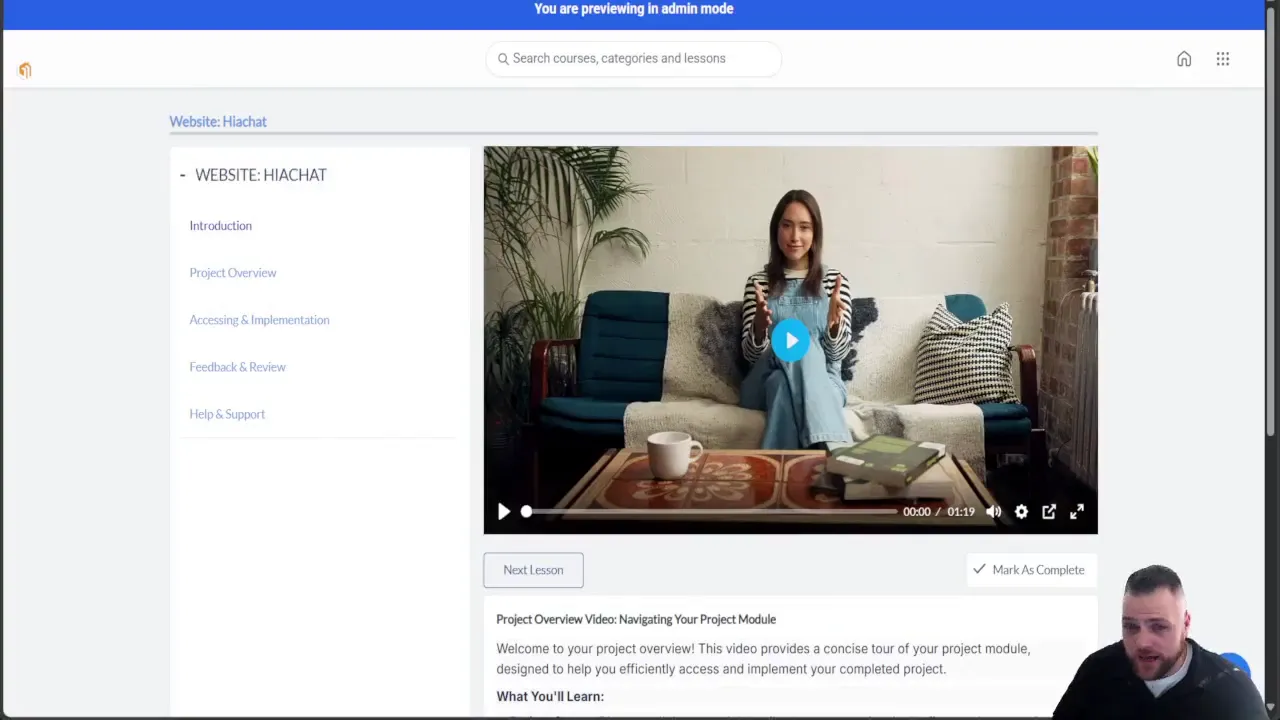
FAQs
What are master resale rights?
Master resale rights allow someone to resell a product repeatedly. This means you can generate income from the same product multiple times without additional effort after the initial sale.
How can I use Gfunnel to grow my business?
Gfunnel offers a comprehensive suite of tools for project management, marketing, and customer engagement. By utilizing these tools, you can streamline your processes, improve efficiency, and scale your business effectively.
Is it worth investing in a digital product business?
Absolutely! The digital product market offers immense potential for profit with a relatively low barrier to entry. Once the product is created, it can be sold repeatedly, making it a scalable business model.
How can I connect with others in the Gfunnel community?
Create a free account on Gfunnel and start engaging with other members. Participate in discussions, reach out to potential partners, and attend networking events to build relationships within the community.
Need Help Implementing This?
Schedule A Discovery Call With One Of Our Professionals
